Are your children or students interested in dinosaurs? Find an amazing preschool worksheet package filled with activities about dinosaurs for kids. All of them are centred in play-based learning! These are perfect for kids in kindergarten too.
Last Saturday, my husband brought our four-year-old son to a nature museum which contained exhibits on basically every animal that has roamed the earth. There, they got to interact with displays, check out fossils and see recreations of dinosaurs. Since then, both of our older kids have been asking questions about these prehistoric animals.
“Are dinosaurs real?”
“How big were they?”
“Was a T-Rex a bad guy?”
These questions make perfect sense. In a preschooler’s mind, dragons and dinosaurs could easily be one and the same. He isn’t exposed to any info on these creatures regularly and he’s never seen one in real life.
Thanks to my son’s prompting, I decided to make up a preschool worksheet pack of activities to learn through play.
(You can get a free download of our T-Rex colouring page or purchase the entire package. Check it out below!)
Since I made the package, we’ve spent well over a week engaged dinosaurs for kids activities. We made dinosaur puzzles, frozen dinosaur eggs, and fizzing dinosaur eggs. We also made dirt play dough which we are planning on digging into today!
It’s been a lot of fun to be able to answer some of my kids’ questions. (Thanks, Google.) We’ve made activities that have turned out really well. One that flopped and needed to be redone. But, thanks to the success of these activities, my kids want to continue learning about dinosaurs.
The highlight of all of these dinosaurs for kids activities was the DIY Dinosaur Puzzle. There are two versions in the preschool worksheet pack. Here is my kids’ favourite!
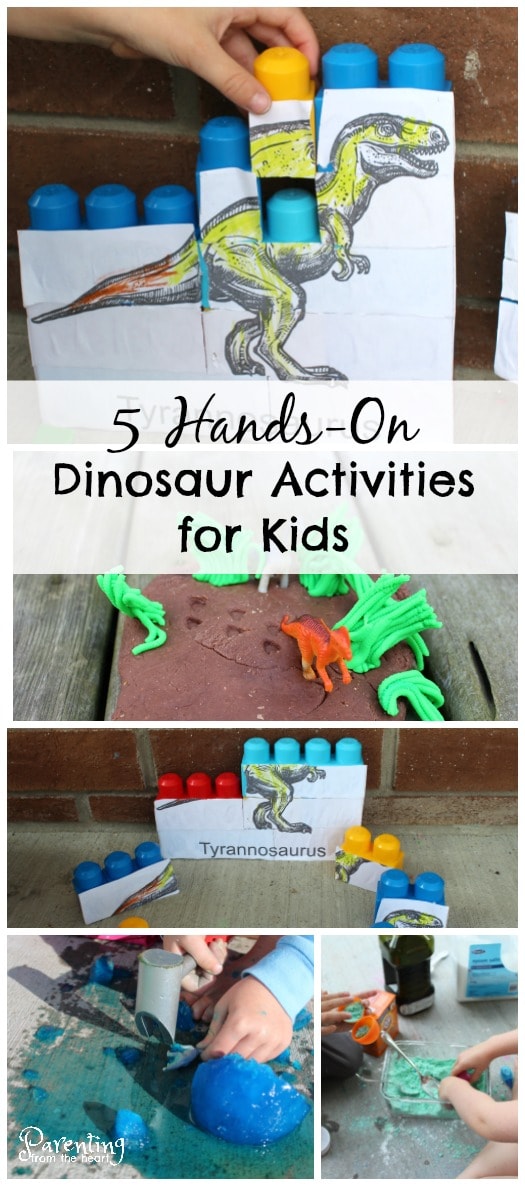
Dinosaurs for Kids: DIY Dinosaur Puzzle
What you need
- This printable pack or your own colouring pages
- Coloured pencils or regular crayons (if you use markers, the colours might run)
- Scissors
- Craft knife
- Elmer’s glue, spray adhesive, mod podge, or washi tape (Elmer’s glue will peel off the easiest)
- Large Mega Bloks or Duplo
What to do
- Purchase and download the activity package including the instructions and templates for this activity as well as the instructions for the dino eggs, sensory play activities and more, click here.
- Or download the free printable T-Rex template from my Loyal Readers’ section. (You’ll also get a coupon code for the entire Dinosaurs for Kids Printable Pack). If you’re not a part of my newsletter, sign up below.








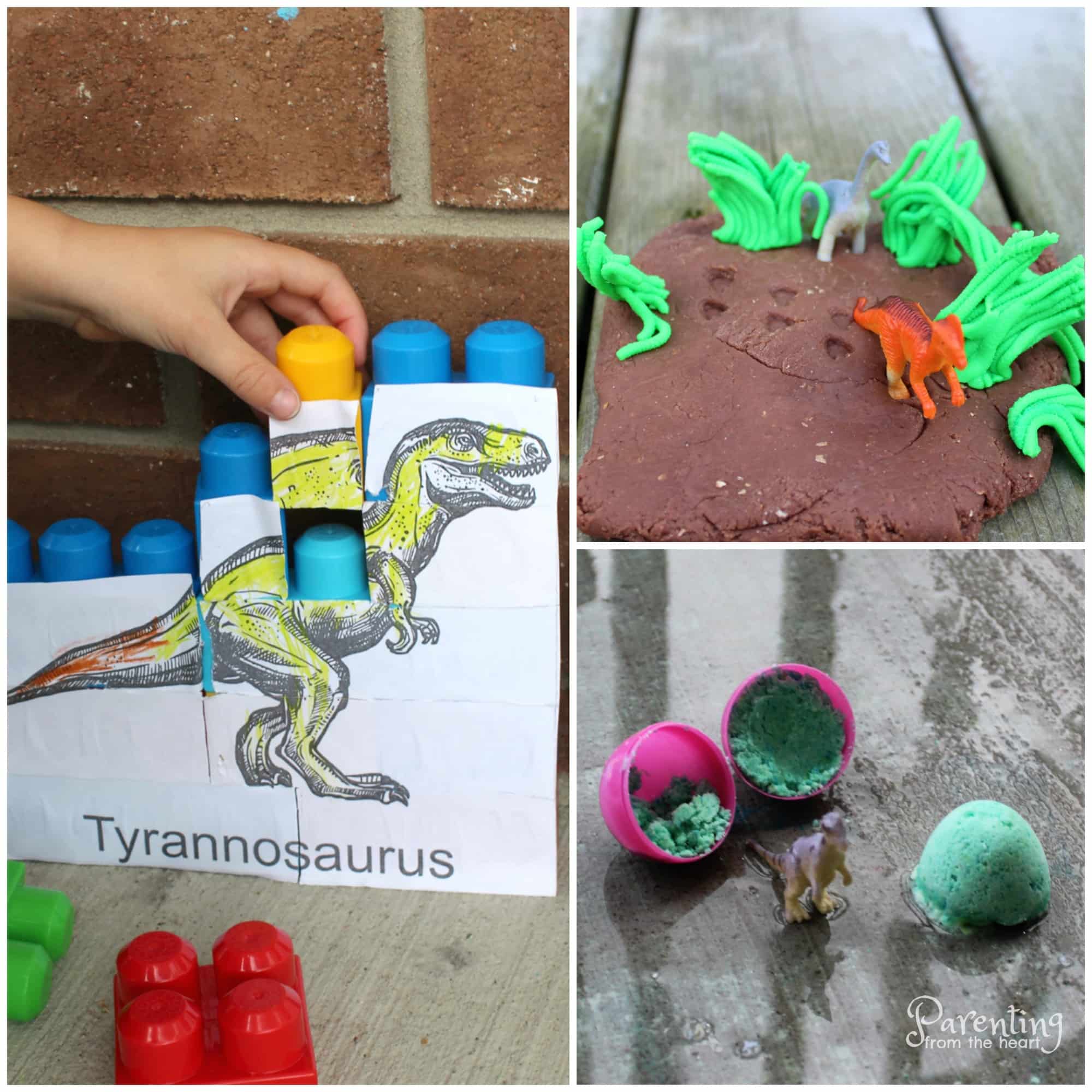
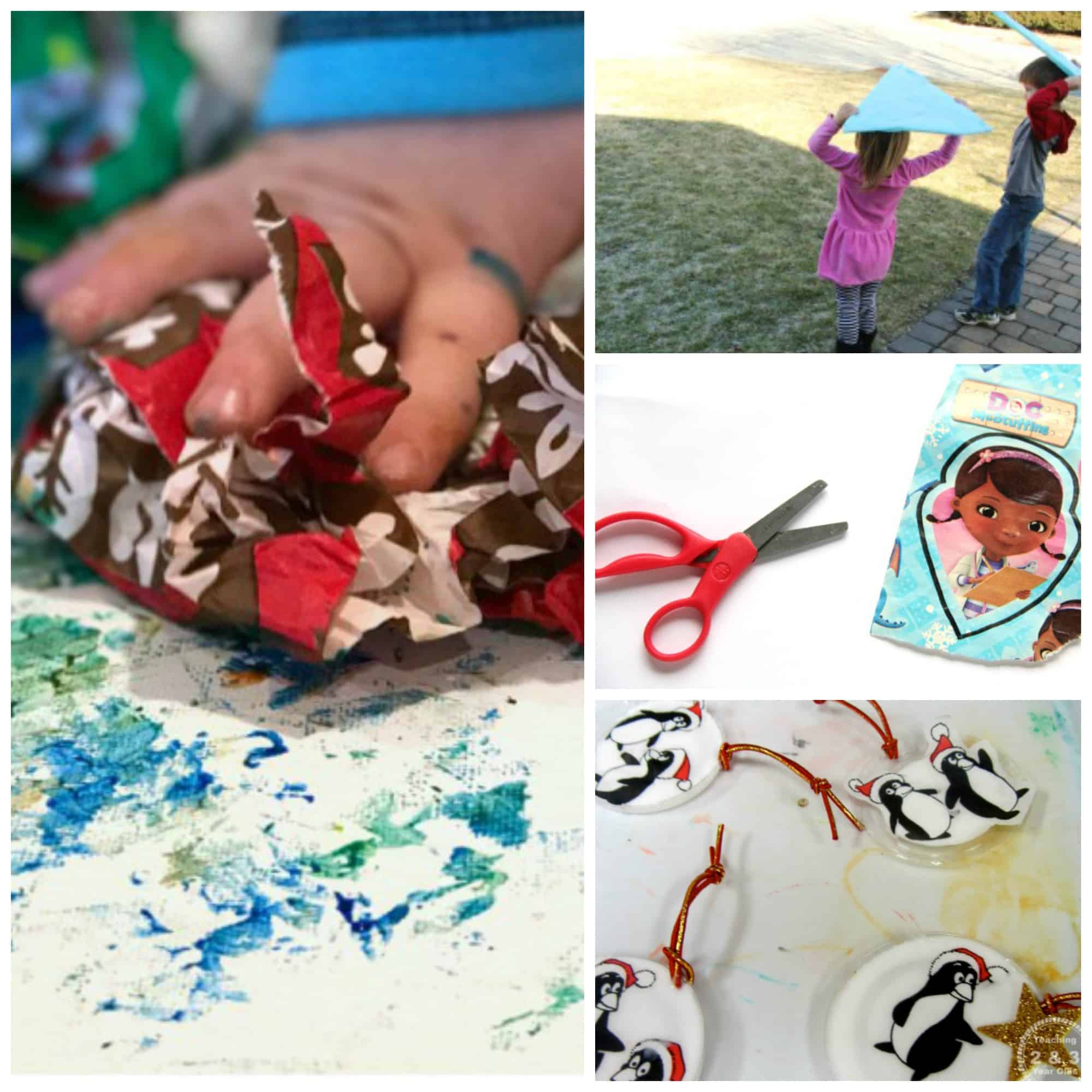
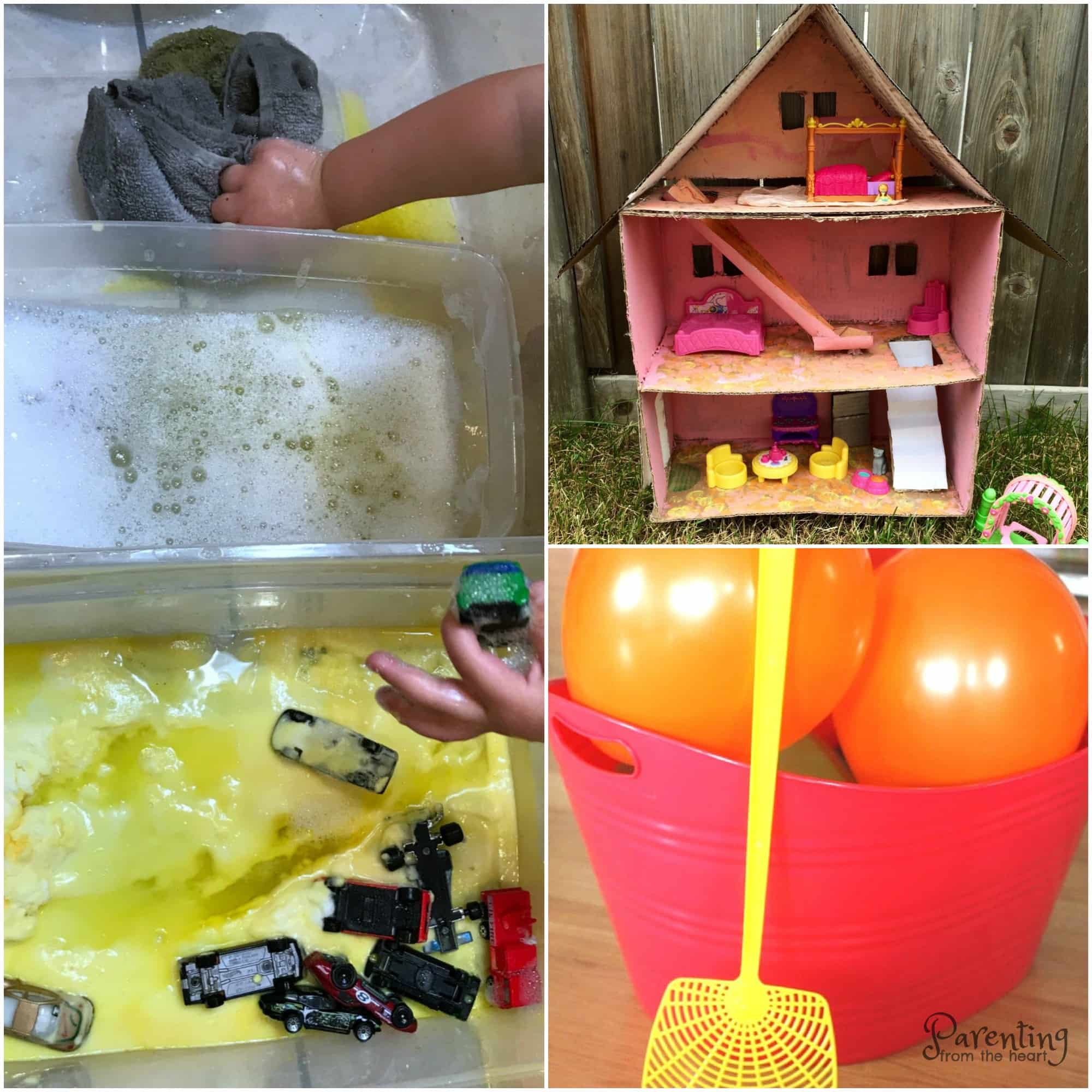
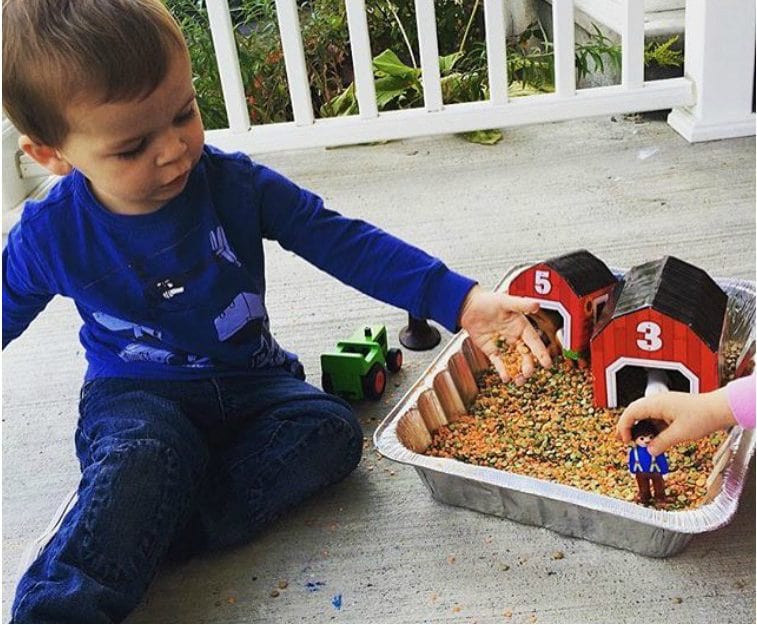
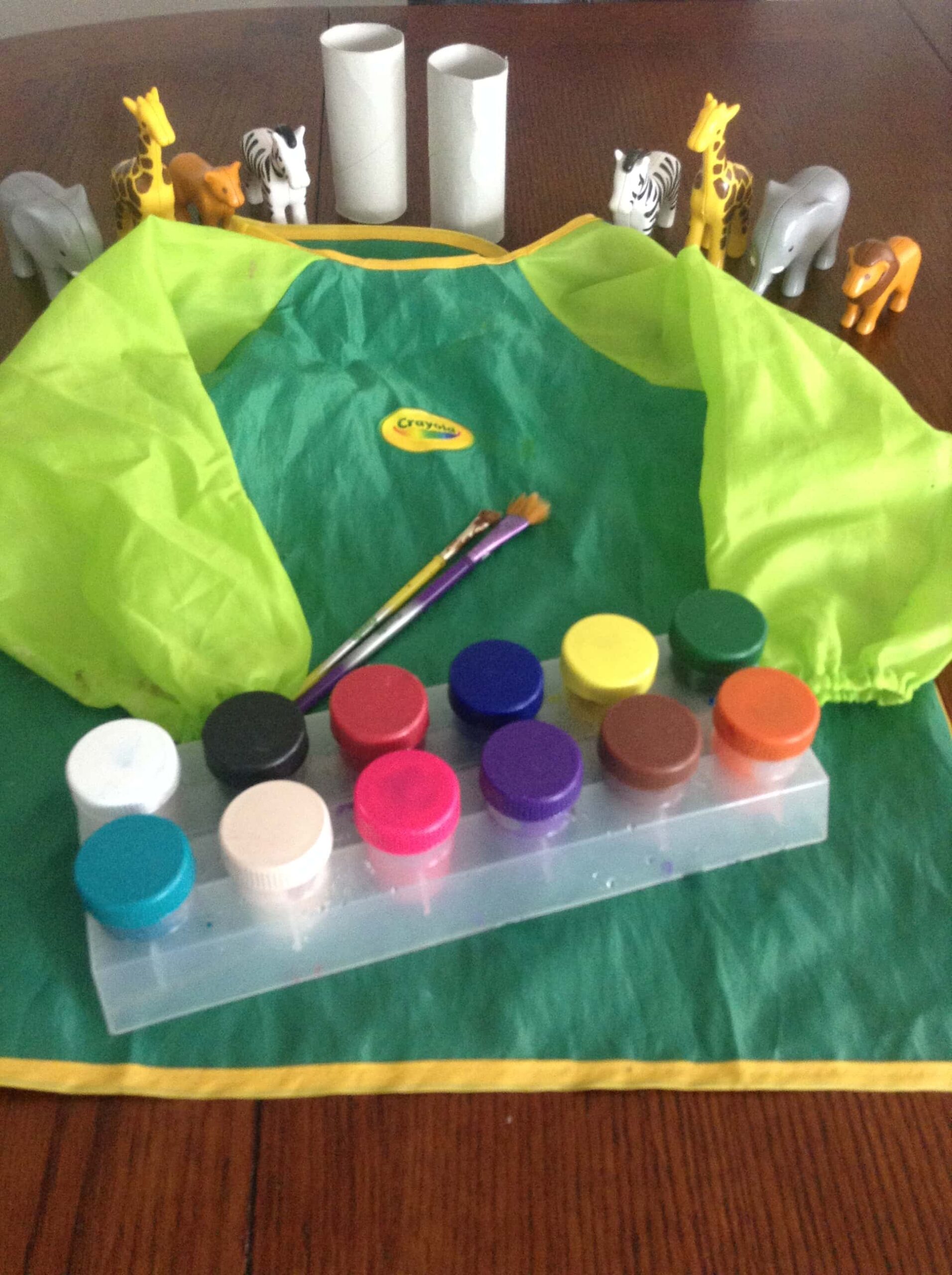
1 comment